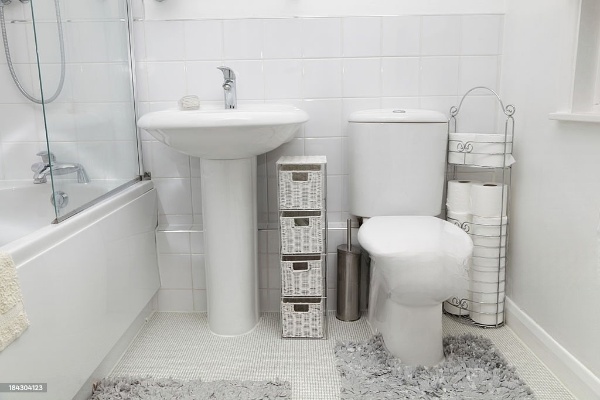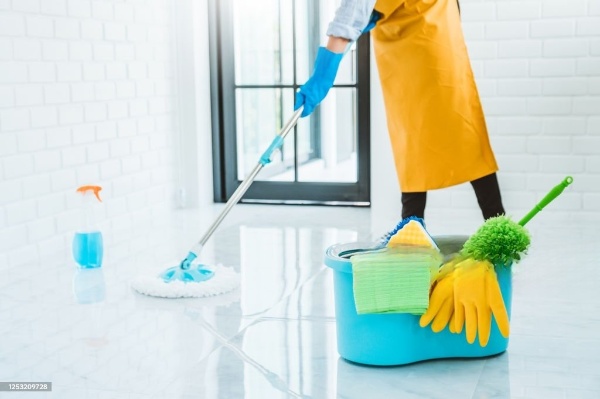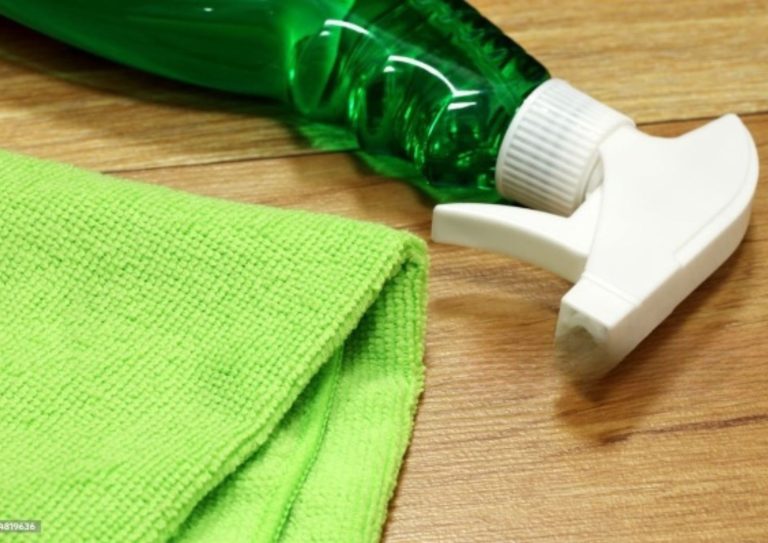Introduction
Do you ever wonder why, despite your best efforts, your home still feels less than spotless? You vacuum, dust, and scrub regularly, yet somehow your space still doesn’t achieve that truly clean feel. The problem might lie in your cleaning habits. Surprisingly, many common cleaning routines can actually leave your home dirtier than before, spreading germs and grime instead of eliminating them. Without even realizing it, you might be making some mistakes that are undermining your efforts and contributing to a less healthy living environment.
In this comprehensive guide, we will identify these cleaning mistakes and offer effective solutions to enhance your cleaning routine. By understanding where these pitfalls lie and how to avoid them, you can transform your cleaning approach and achieve a higher level of cleanliness. Whether you’re a seasoned cleaning pro or just getting started, these insights will help you maintain a healthier, cleaner home. From properly sanitizing your tools to using the right techniques for different surfaces, we’ve got you covered. Let’s dive in and discover how you can optimize your cleaning efforts for a spotless, germ-free home.
Photos by fcafotodigital via iStock
1. Neglecting Your Cleaning Tools Can Lead to a Dirtier Home
Using dirty cleaning tools spreads bacteria and dirt, making your home less clean and more prone to contamination. Regularly wash and sanitize cleaning cloths, scrub brushes, and mop heads to prevent the spread of germs. Empty vacuum bags and clean filters frequently to maintain optimal performance and ensure your tools are effectively removing dirt.
2. Skipping the Crucial Step of Cleaning Before Disinfecting
Disinfecting without cleaning first leaves surfaces dirty and reduces the effectiveness of disinfectants, leading to potential health hazards. Always clean surfaces thoroughly to remove dirt and residue before applying disinfectants. This ensures the chemicals can effectively kill germs and keep your home truly clean and safe for your family.
3. Rubbing Stains Instead of Blotting Can Spread and Set Them
Rubbing spills can spread stains and damage materials, making the cleaning process more difficult. Blot stains with a clean cloth to absorb the spill, then treat the area with an appropriate stain remover. This method helps to lift the stain without spreading it or damaging the fabric, ensuring better results.
4. Rushing Disinfectant Contact Time Limits Its Effectiveness
Wiping disinfectants too soon prevents them from killing germs effectively, leaving surfaces contaminated. Follow the product’s instructions for contact time carefully. Allow surfaces to remain wet for the recommended duration to ensure proper disinfection and maximize the effectiveness of the cleaning agents used.
5. Using Bacteria-Laden Sponges Can Spread Contamination
Sponges can harbor bacteria and spread them to other surfaces, making cleaning efforts counterproductive. Use microfiber cloths for cleaning and regularly disinfect or replace sponges to prevent bacterial spread. This practice ensures that you are not reintroducing germs to cleaned areas and keeps your home healthier.
6. Reusing the Same Cleaning Cloth Throughout the House
Using one cloth for multiple surfaces transfers bacteria and dirt between areas, compromising cleanliness. Designate different clothes for different rooms and launder them after each use to maintain hygiene. Consider disposable wipes for specific tasks to avoid cross-contamination and ensure each surface is properly cleaned.
7. Ignoring Proper Ventilation When Using Cleaning Chemicals
Cleaning chemicals can release harmful fumes, affecting air quality and causing respiratory issues. Ensure good ventilation by opening windows, using fans, or turning on air purifiers when cleaning with strong chemicals. Proper ventilation helps to disperse fumes and keeps the indoor environment safe and comfortable.
8. Cleaning Floors First Means Extra Work Later
Starting with the floors means you’ll need to clean them again as dust and debris settle from higher surfaces. Begin cleaning from the top of the room downwards, tackling floors last to capture all falling debris. This approach ensures that you only clean the floors once, saving time and effort.
9. Overlooking High-Touch Surfaces That Harbor Germs
High-touch surfaces accumulate germs but are often neglected during routine cleaning. Regularly disinfect high-touch areas like light switches, doorknobs, and remote controls to minimize germ spread. Paying attention to these frequently touched spots helps maintain a cleaner, healthier living environment.
10. Using Too Much Cleaning Product Can Cause Residue Build-Up
Excess product can leave residue, attracting more dirt and making surfaces sticky, which defeats the purpose of cleaning. Follow product instructions and use the recommended amount to avoid these issues. Rinse surfaces if necessary to remove any residue and keep them looking their best.
Photos by Davizro via iStock
Conclusion
Improving your cleaning habits can significantly impact the cleanliness and health of your home. By avoiding these common mistakes and implementing the suggested solutions, you’ll achieve a more effective and efficient cleaning routine. Remember, the goal is not just a cleaner home, but a healthier one. Make these small adjustments, and enjoy the benefits of a truly clean living space.
FAQs
1. How often should I clean my cleaning tools to maintain their effectiveness?
Clean clothes and brushes after each use to prevent the spread of bacteria and grime. Replace sponges every month to ensure they remain effective and do not harbor harmful bacteria. Regular maintenance of your cleaning tools is crucial for achieving the best cleaning results.
2. What’s the best way to disinfect sponges to keep them safe for use?
Microwave wet sponges for 2 minutes or soak them in a bleach solution for several minutes to kill bacteria and sanitize them effectively. Regular disinfection of sponges helps prevent the spread of germs and ensures your cleaning efforts are not compromised.
3. Can I use the same cleaning product for all surfaces in my home?
It’s best to use products specifically designed for different surfaces to avoid damage and ensure effectiveness. Different surfaces require different cleaning agents to effectively remove dirt and grime without causing harm. Always read the product labels to choose the right cleaner for each surface.
4. How long should disinfectants stay on surfaces to ensure they kill germs effectively?
Check the product label for contact time; typically, it’s a few minutes to ensure germs are killed. Allow the disinfectant to remain on the surface for the recommended duration to maximize its effectiveness. Proper use of disinfectants is key to maintaining a germ-free home.
5. Are natural cleaning products effective for keeping my home clean and safe?
Natural products can be effective but may require more elbow grease compared to chemical cleaners. Ensure they are suitable for your cleaning needs and surfaces. While they are a safer alternative for health and the environment, they might need more effort to achieve the same level of cleanliness.


